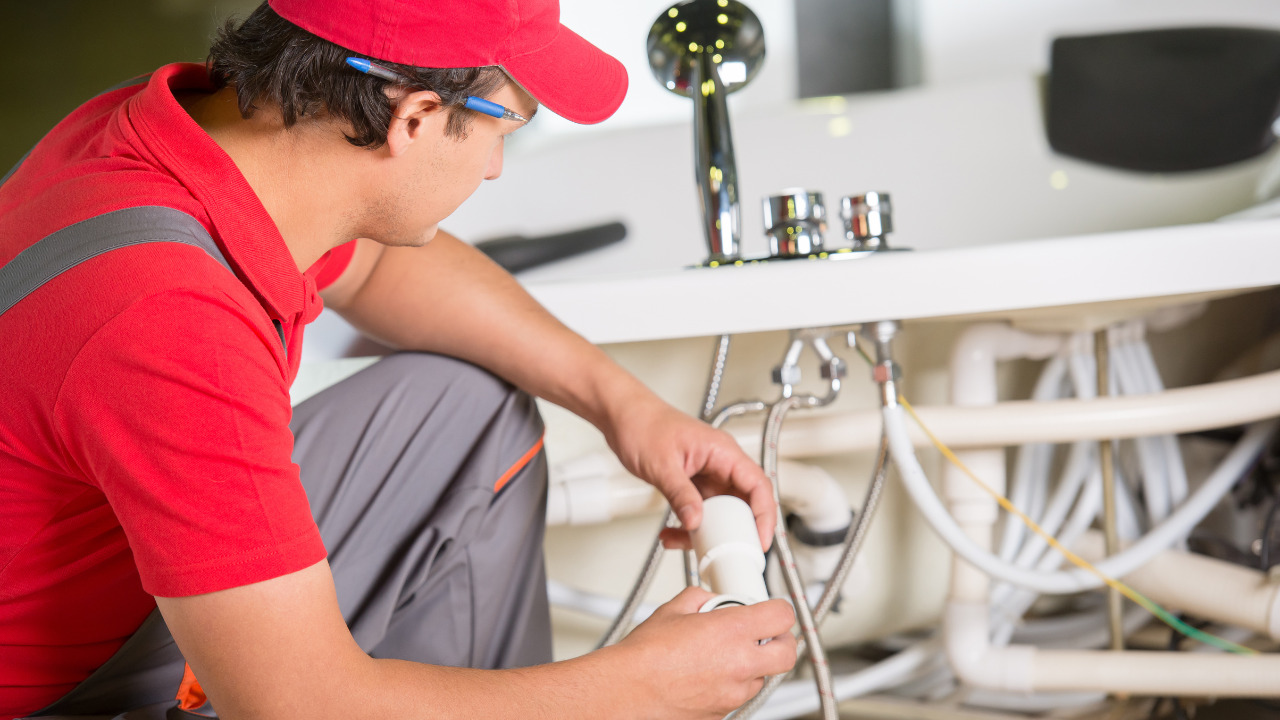Buying a new kitchen sink is no small matter – with all of the different styles, materials, and features to choose from, it can be overwhelming. But if you’re wondering how to narrow down your options, this article’s buying guide will help you figure out what all the different options are and which ones are right for your home in particular.
Table of Contents
What are the Advantages of a Kitchen Sink?
There are many advantages of having a kitchen sink in your home. They can help to make your kitchen more efficient, stylish, and easier to clean. In this guide, we will show you how to choose the best kitchen sink for your home.
When it comes to efficiency, having a kitchen sink means that you have a dedicated place to wash your dishes. This can help to speed up the process of cleaning up after meals. In addition, having a sink in your kitchen can also help to prevent messes from spreading throughout your home.
Style is another important consideration when choosing a kitchen sink. There are many different styles of sinks on the market, so you should be able to find one that fits the overall aesthetic of your kitchen.
If you have a modern kitchen, for example, you might want to choose a sleek and minimalist sink. If you have a more traditional kitchen, you might want to choose a sink with a more elaborate design.
Finally, ease of cleaning is another advantage of having a kitchen sink. Sinks can be made from materials that are easy to clean and maintain. This means that you won’t have to spend as much time and effort cleaning your sink as you would if it were made
Considerations When Choosing Your New Kitchen Sink
After you’ve decided what type of sink is best for your kitchen, there are a few other factors to consider before making your purchase. Here are a few things to keep in mind when shopping for your new 30 x 18 kitchen sink.
Size: You’ll want to make sure you choose a sink that will fit comfortably in your kitchen. Measure the area where you plan to install the sink and compare it to the dimensions of the sinks you’re considering.
Configuration: Sinks come in a variety of configurations, from single bowl to double bowl and even triple bowl. Consider how you’ll be using your sink and choose a configuration that will work best for your needs.
Material: Kitchen sinks are available in a wide range of materials, from stainless steel to porcelain. Choose a material that will complement the rest of your kitchen and that is easy to clean.
Installation: Make sure you choose a sink that can be installed easily in your kitchen. If you’re not comfortable with the installation, hire a professional to do it for you.
Price: Kitchen sinks vary widely in price, so choose one that fits your budget. Don’t forget to factor in the cost of installation when determining how much you’re willing to spend on your
Types of Kitchen Sink Materials
When it comes to choosing a kitchen sink, there are a lot of factors to consider. But one of the most important considerations is the material. Kitchen sinks are made from a variety of materials, each with its own advantages and disadvantages. Here’s a look at some of the most popular materials used for kitchen sinks:
Stainless steel
Stainless steel is a popular choice for kitchen sinks because it’s durable and easy to care for. It’s also a good choice if you’re looking for a sink that has a modern look. One downside of stainless steel sinks is that they can be noisy.
Cast iron
Cast iron sinks are another popular option, particularly if you’re looking for an antique or vintage look in your kitchen. They’re also very durable, but they can be difficult to keep clean because they tend to show water spots and fingerprints.
Composite
Composite sinks are made from a mixture of materials, typically including quartz, granite, or recycled glass. They offer the durability of stone sinks with easier care and lower cost of synthetic materials. One downside of composite sinks is that they can be scratched more easily than other materials.
Types of Kitchen Sink Faucets, Handles, and Drain
There are many different types of kitchen sink faucets to choose from. You will want to decide on the type that best suits your needs and the look you are going for in your kitchen. The most common types of faucets are:
Ball-Type
This type of faucet has a single handle that controls both the hot and cold water. The handle is attached to a ball that controls the water flow.
Cartridge-Type
This type of faucet has a single handle that controls both the hot and cold water. The handle is attached to a cartridge that controls the water flow.
Disc-Type
This type of faucet has a single handle that controls both the hot and cold water. The handle is attached to a disc that controls the water flow.
Compression-Type
This type of faucet has two handles, one for hot water and one for cold water. The handles are attached to a compression valve that controls the water flow.
How to Install a Kitchen Sink
One of the most important aspects of choosing a kitchen sink is making sure it is properly installed. A sink that is not installed correctly can lead to water damage, leaks, and other problems. To avoid these issues, it is important to hire a professional to install your sink, or to follow these installation instructions carefully.
- Turn off the water to your kitchen sink. This can usually be done by turning a knob under the sink or at the main water shutoff for your home.
- Disconnect the drainage pipes from the current sink. You may need a wrench to loosen the bolts that hold the pipes in place.
- Remove the old kitchen sink from the countertop. If it is held in place with clips, remove these as well.
- Place the new kitchen sink in the hole cut out for it on the countertop. Make sure it is level and centered before proceeding to the next step.
- Connect the new sink’s drainage pipes to the existing plumbing. You may need to use adapters to connect different-sized pipes.
- Turn on the water and check for leaks around the base of the sink and at all of the connections.
Tips on Cleaning and Maintaining Your Kitchen Sink
The kitchen sink is one of the busiest areas in the kitchen, so it’s important to keep it clean and well maintained. Here are some tips on how to do just that:
- Scrub the sink with a mild detergent and a soft sponge or cloth. Be sure to rinse it well afterward.
- For tougher stains, you can use a stronger cleaning solution, but be sure to rinse thoroughly afterward.
- You can also use a natural cleaner like white vinegar or baking soda. Just mix equal parts of each with water and scrub away.
- To disinfect, mix one part bleach with ten parts water and wipe down the sink. Be sure to rinse well afterward.
- Once a week, pour half a cup of baking soda down the drain and follow with hot water. This will help keep the drains clear and free of buildup.
- Finally, always wipe down the sink after use and dry it off with a clean towel. This will help prevent water spots and staining.





